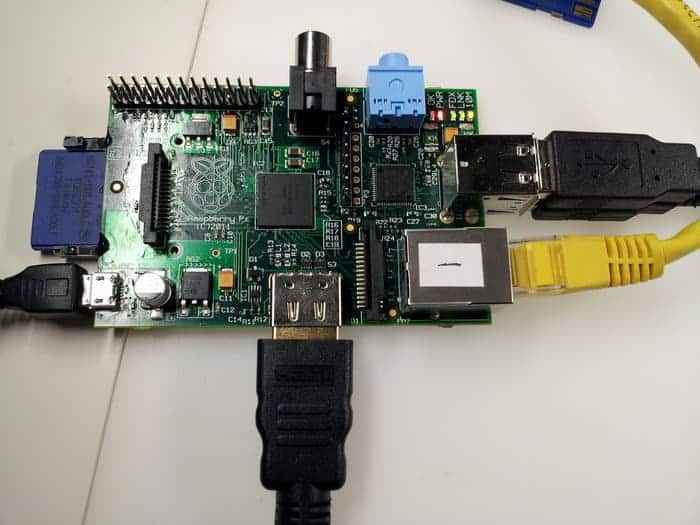Start Working with Raspberry Pi and Motion Systems

Technology is something that has come forward in leaps and bounds over recent years, and it is something that Progressive Automations, in particular has taken advantage of. Technological advancements have meant that various computer systems which can be used in the teaching of computer sciences have progressed sharply; if they had not, of course, students would leave their classes unable to handle the more up-to-date versions of computer programs that had come out during the time they had been learning. One such system developed to help in teaching is Raspberry Pi, which brings raspberry pi and actuators together to allow students to become proficient in handling linear actuators and the motion systems they are often attached to.










